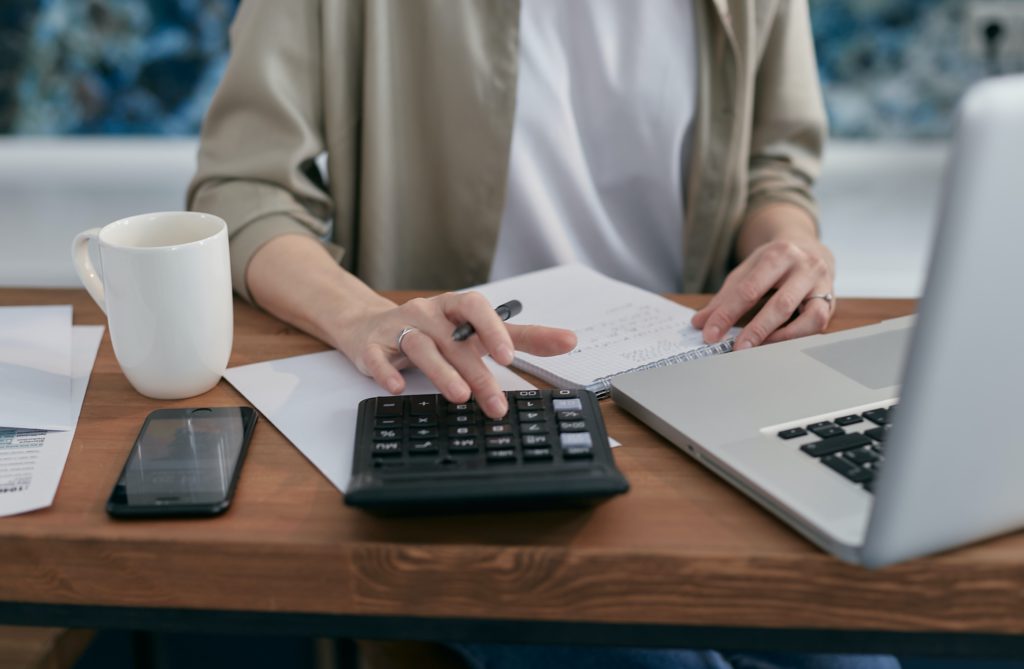
Freelance business is independent work where you get paid according to your set payment methods. It is always the best option to get the payments through freelance invoices. Professional invoices are provided to a client after completion of work that provides detailed information about the nature of work done and the money the client has to pay for the completed work.
This article will cover the following:
Basic Elements of Freelancer Invoice
1. Contact Information
The first and foremost thing for a freelancer invoice is the contact details that include:
- Business Name
- Business Logo
- Address
- Phone number
- Email address
2. Invoice Number
Every business owner has two options – generate invoices manually or by using any software. A freelancer should always track the invoice numbers in case of any late payments. If you have a properly organized record of all invoices, then it becomes easy for you to answer any query regarding the work. An invoice number is a unique number that keeps it easy for you and your client to stay on the same ground without confusion.
3. Issue and Due Date
The payment timeline started when the invoice is issued to the client. Therefore, it is mandatory to add the issuance date on the invoices. Moreover, the due date is also important for taking payments from clients.
4. Items Description and Due Date
One of the most important pieces of information on any invoice is the entire breakdown of services that you are providing to the client. Each item should be separately listed in the invoice to avoid any confusion. The rate of the product or service provided should also be clearly mentioned.
5. Payment Terms or Payment Options
It is better to give clients different payment options to choose from. If you want payment through cheque, then don’t forget to mention the address and the email linked with your business account for online bank transfer. Few clients also prefer using credit cards.
6. Additional Dues
If you are charging an extra fee for late payments or giving discounts on early payments, then it is important to mention the details at the bottom of the invoice to make it clear to your client.
Few Invoicing Tips for Freelancers
1. Reviewing the Contract
Before starting the work, it is important to give a clear outline to a client regarding the work and payment. The terms of the freelancing contract should be clear. The below-given points should be decided earlier:
- Meeting the required deadlines
- Finalizing the payment method
- Finalizing payment timelines
A freelancing contract should be kept open while preparing the invoice for the client.
2. Explain the Work
It is important to describe clearly the work that you are doing for your client. The proper breakdown of the work, along with the payment methods and company details, will make it easier for your client to pay you fast and easily.
3. Quote your Price clearly
The payment you want to charge for a particular work should be clearly defined beforehand. The terms and conditions of payment delays need to be mentioned as well. If you used any informal mode for finalizing the price, like text messages, then it is important to send the formal, detailed pricing (including payment conditions) before starting the work.
4. Include Taxes
Few freelancing tasks require you to pay from your pocket at first as well. If you are paying some additional costs on behalf of your client, then it is important to mention the details in the invoice. Such payments should be mentioned separately in the list of tax rates or additional costs.
5. Use an Invoicing Software
Using accounting software will save a lot of your time and keep things organized. The software helps you track the invoices and the number of due payments. Moreover, automatic invoicing (using software) is also an error-free task, and there will be no risk in your payments.
For more useful information, browse the resources guide today!
Related Articles:
